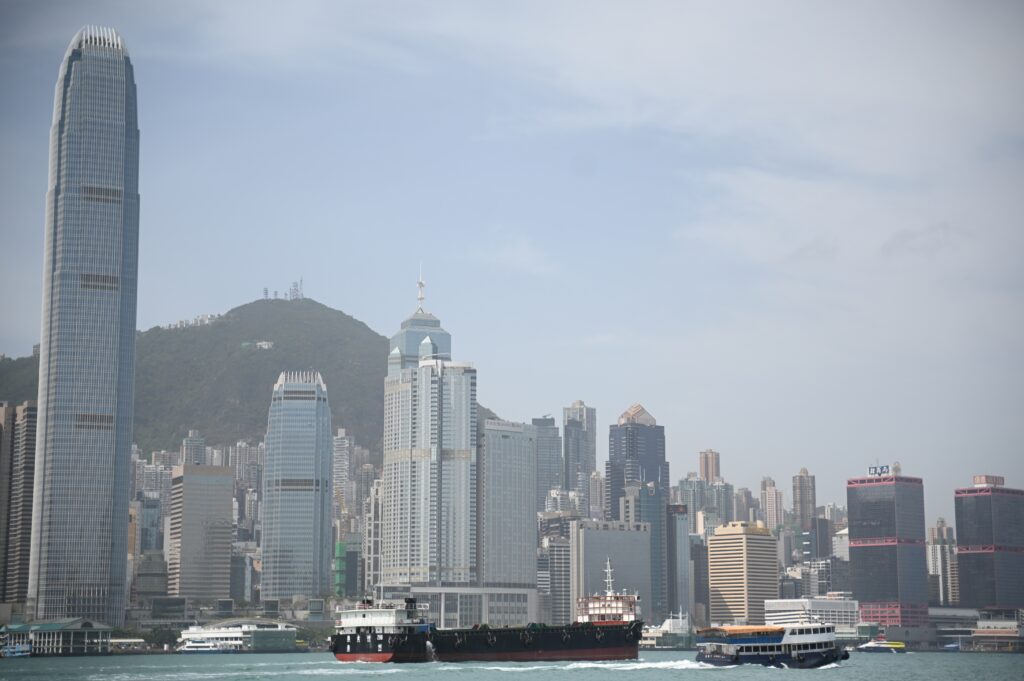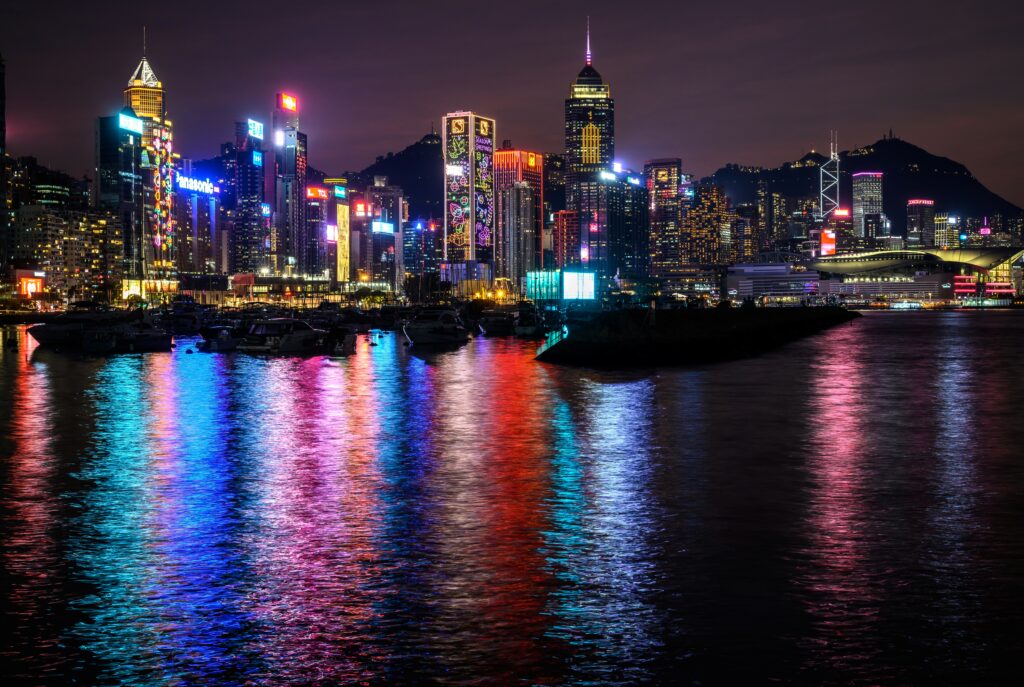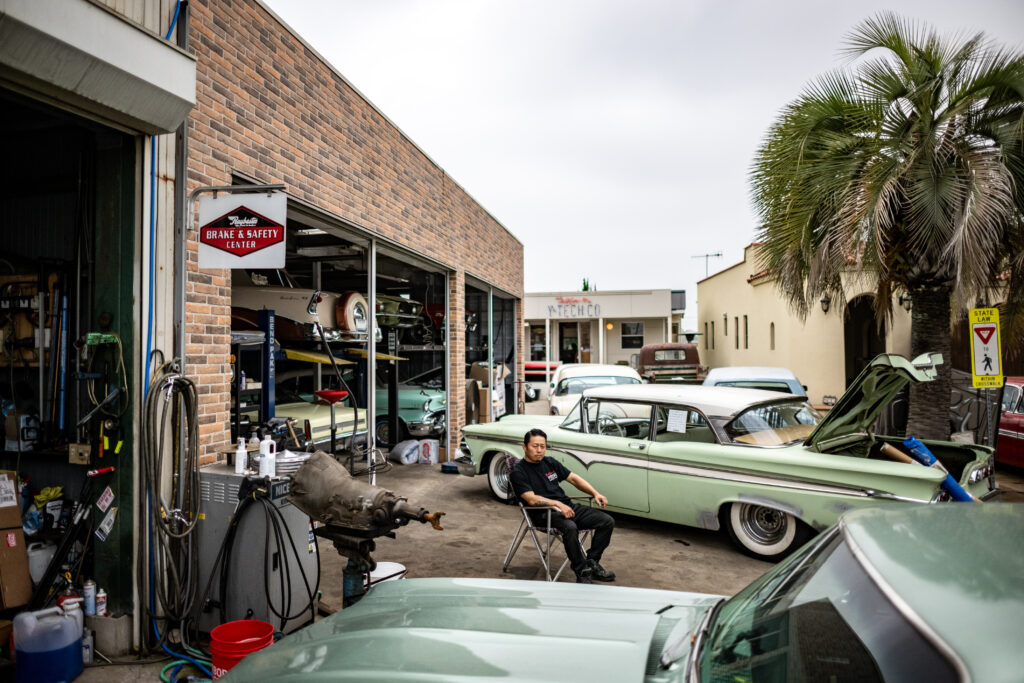L’extrême droite britannique remporte une élection partielle, un revers pour Starmer
Le parti britannique d’extrême droite Reform UK, dirigé par Nigel Farage, a remporté vendredi de justesse une élection législative partielle en Angleterre ainsi que son premier siège de maire, parvenant à s’implanter localement au détriment des deux principaux partis, les travaillistes au pouvoir et les conservateurs.Les résultats des élections locales de jeudi vont tomber tout au long de la journée de vendredi mais confirment déjà une fragmentation du paysage politique au Royaume-Uni, qui était dominé depuis le début du XXème siècle par le bipartisme. “Pour le mouvement, pour le parti, c’est un très, très grand moment”, s’est félicité Nigel Farage, le champion du Brexit, qui a fait campagne sur la lutte contre l’immigration irrégulière. Cette victoire “prouve que nous sommes désormais le parti d’opposition au gouvernement travailliste”, a-t-il proclamé, après l’annonce des résultats de la législative partielle dans la circonscription de Runcorn et Helsby, au nord-ouest de l’Angleterre. La défaite du Labour est “décevante”, a admis le Premier ministre Keir Starmer, au pouvoir depuis juillet. Le gouvernement est déterminé à aller “plus loin et plus vite” dans sa politique pour le changement, a-t-il ajouté sur la télévision classée à droite GB News.La candidate de Reform UK, Sarah Pochin, s’est imposée avec une avance de seulement six voix sur la candidate travailliste. Mais le Labour avait remporté la circonscription avec 53% des suffrages en juillet, loin devant Reform à 18%. Selon les premiers résultats des scrutins locaux, Reform a également remporté des dizaines de sièges de conseillers locaux ainsi que, pour la première fois, un siège de maire.Les travaillistes ont eux gagné trois municipales.Un total de 1.641 sièges au sein de collectivités locales sont à pourvoir — soit une petite part des 17.000 sièges de conseillers locaux dans toute l’Angleterre –, ainsi que six sièges de maires. – “Désillusion totale” -Ces premiers résultats représentent “une mauvaise nouvelle pour les deux grands partis”, a commenté auprès de l’AFP le politologue Anand Menon. “C’est une tendance similaire à celle que l’on observe en Europe occidentale, où les grands partis perdent des voix. Et la politique devient très, très fragmentée”, souligne-t-il.Selon Anand Menon, les Verts et les Libéraux-démocrates pourraient eux aussi remporter des victoires dans la journée.Mais “en termes de résultats électoraux aujourd’hui, Reform UK semble être une plus grande menace pour le Labour que n’importe quel autre parti”, souligne-t-il.Christopher Davies, un retraité de 67 ans résidant à Runcorn a voté toute sa vie pour les travaillistes mais a cette fois choisi Reform. Il a raconté à l’AFP sa “désillusion totale” vis à vis du système à deux partis, qui “ne fonctionne simplement pas”. Il s’est dit “mécontent” du Labour. Ces élections sont le premier scrutin en Angleterre depuis l’arrivée au pouvoir du Labour, parti travailliste (centre-gauche) du Premier ministre Keir Starmer.Elles font aussi figure de test pour la dirigeante des Tories Kemi Badenoch, arrivé en fin d’année dernière à la tête du parti conservateur, après la débâcle aux législatives de juillet.En vertu du système électoral à un tour qui favorise les grands partis, les travaillistes ont remporté une majorité parlementaire écrasante en juillet, mais avec seulement 33,7% des voix. Soit la proportion la plus faible pour un parti vainqueur de législatives depuis la Seconde Guerre mondiale.Les conservateurs, eux, ont obtenu 24% des voix et 121 sièges, sa pire défaite électorale de tous les temps.Reform UK a remporté 14% des voix et cinq sièges (passé ensuite à 4 après le renvoi d’un député Reform puis à nouveau 5 avec la victoire de vendredi), un résultat sans précédent pour un parti d’extrême droite au Royaume-Uni. Les libéraux-démocrates ont gagné 61 députés de plus par rapport à l’élection précédente, et les Verts sont passés de un à quatre élus.Le parti travailliste connaît un retour difficile au pouvoir, après 14 années dans l’opposition.Keir Starmer, dont la popularité a plongé dans les sondages, n’a pas réussi à redresser l’économie et son gouvernement a été vivement critiqué pour avoir supprimé certaines aides sociales.








